The Growth Guide to Lead Magnets
“Lead Magnet!” What a great term, right?!
It doesn’t need much of an explanation as to what it does for your business, but we’ll sum it up quickly before we get into all the “how-to” that goes into the creation of lead magnets that generate massive leads for your business.
What’s a Lead Magnet?
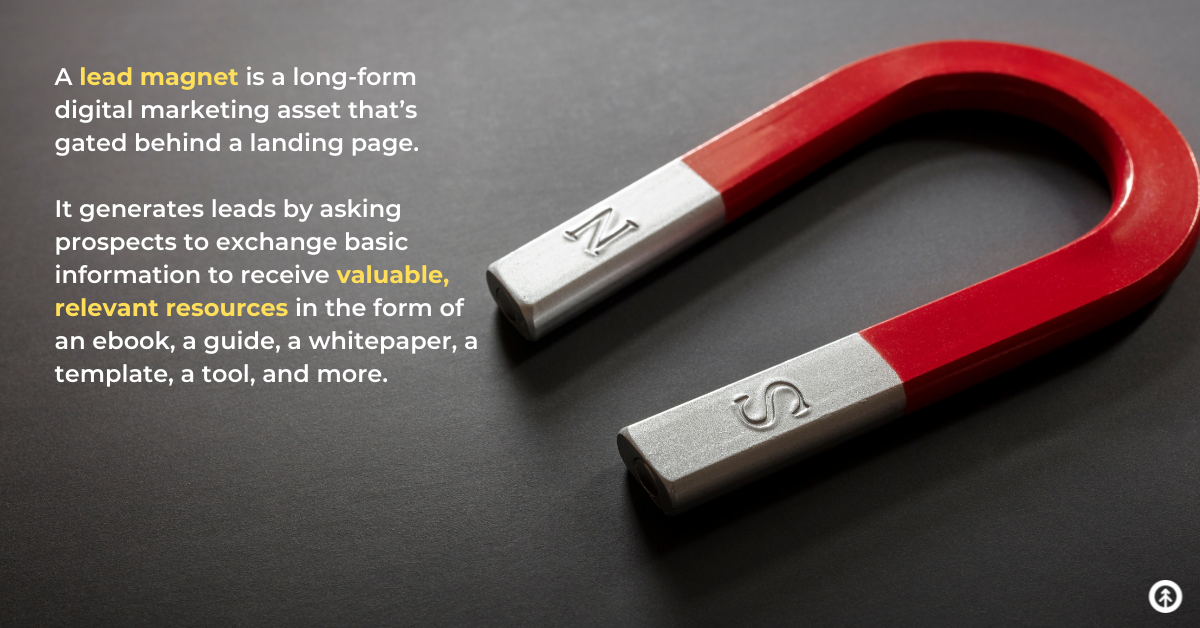
A lead magnet is a long-form digital marketing asset that’s gated behind a landing page.
It generates leads by asking prospects to exchange basic information to receive valuable, relevant resources in the form of an ebook, a guide, a whitepaper, a template, a tool, and more.
Lead magnet types are varied and should be chosen based on your business and your buyer persona. Here’s a list of lead magnets that you might consider:
- eBooks
- Whitepapers
- Case Studies
- Infographics
- Quizzes
- Guides
- Templates
- ROI Calculators
- Graders
- Resource Libraries
- Checklists
- Workbooks
- Webinars
- Cheatsheets
- Guestbooks
- Courses
- Access to Private Groups
- Behind the Scenes Insights
If the idea of creating something as extensive as an ebook or webinar for your business sounds like a lot of work, read on. We’ve pulled together some ideas for building lead magnets from content you may already have.
How Does a Lead Magnet Work?
A lead magnet works by ushering a prospect through a conversion path like this:
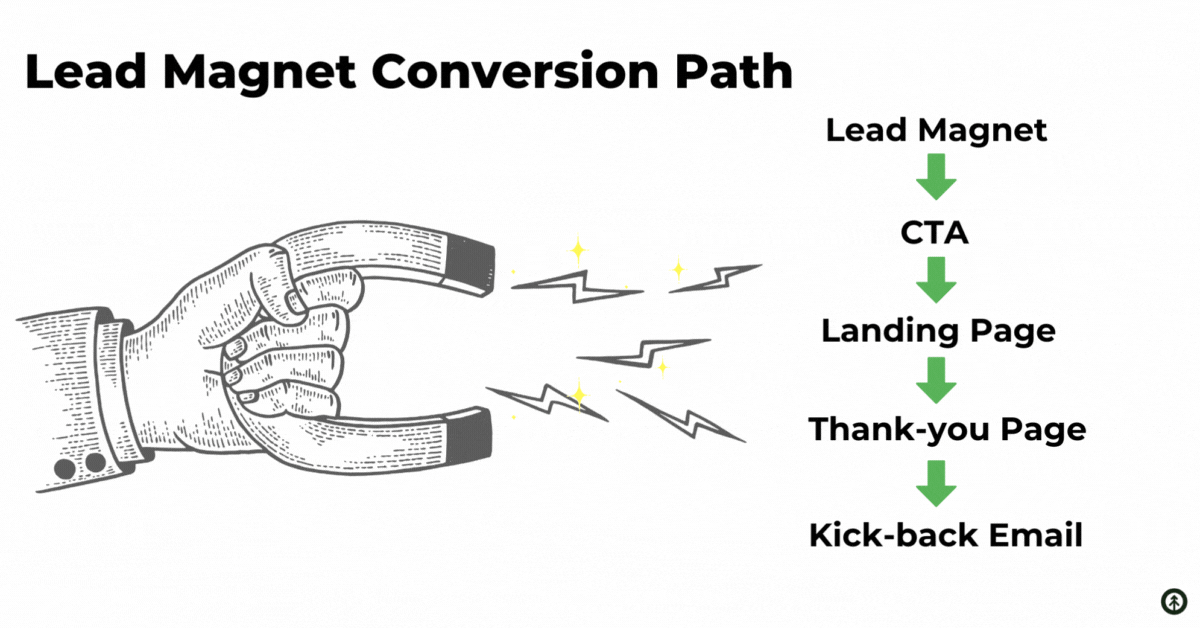 Let’s talk about the conversion path from website visitor to lead and how the lead magnet works.
Let’s talk about the conversion path from website visitor to lead and how the lead magnet works.
CTA (Call to Action): The CTA can take the form of a button or a link that visitors to your website click to access your ebook, guide, whitepaper, tool, etc.
Landing Page: When your visitor clicks on the CTA, they’re brought to a landing page where they fill out their name, email address, company name, etc. The form on the landing page can include any information your sales department needs to contact this new lead.
Thank-you page: This page should immediately appear after the visitor (now a lead) submits the form on the landing page. The thank-you page contains the link to the resource they asked to download. Your new lead should now be added to your contacts and mailing list in your CRM.
Kick-back email: Your lead should receive an email shortly after downloading the resource. It’s the beginning of a conversation between your business and this new lead.
Quick Note on HubSpot for Building Lead Magnets
Though it’s true that all of these assets in the conversion path have to be built, it’s important to remember that, with HubSpot, you have access to templates, workflows, and tools that can help you set all of this up.
If you don’t have HubSpot or need help setting it up, we’ve got you.
It’s Already in Your Blog
But, we get it. It feels like a daunting task to create long-form content that’s worthy of a “download now” CTA.
However, it’s important to understand that your blog is your resource for this.
If your blog is doing its job driving traffic to your site, then you’ve got topic clusters of articles in there that can be combined to create long-form content that’s helpful and relevant to your ideal customers.
Yes, enough that they’d be more than happy to exchange their information for it.
Because they need what only your business can do for them.
As well, blog articles can be condensed and retooled as infographics, checklists, or cheatsheets.
If you don’t have a blog, talk to us about creating an inbound marketing strategy for your business that will turn your website into a 24/7 sales tool (and establish your business as a thought leader in your industry).
For instance, is this blog article helpful to you? That’s the point of a blog! It can help your customers, too.
The Process of Creating a Lead Magnet
The first step in building anything of value is to think about it, do it, and update it regularly. Lead magnets need this kind of attention, yes. But, they’re worth it.
1. Determine your buyer persona for your lead magnet.
Remember, the goal of the lead magnet is to provide a resource that a specific buyer persona is happy to “buy” with their personal information.
To do this most effectively, you have to know which of your buyer personas you’re engaging so you know which resource to offer.
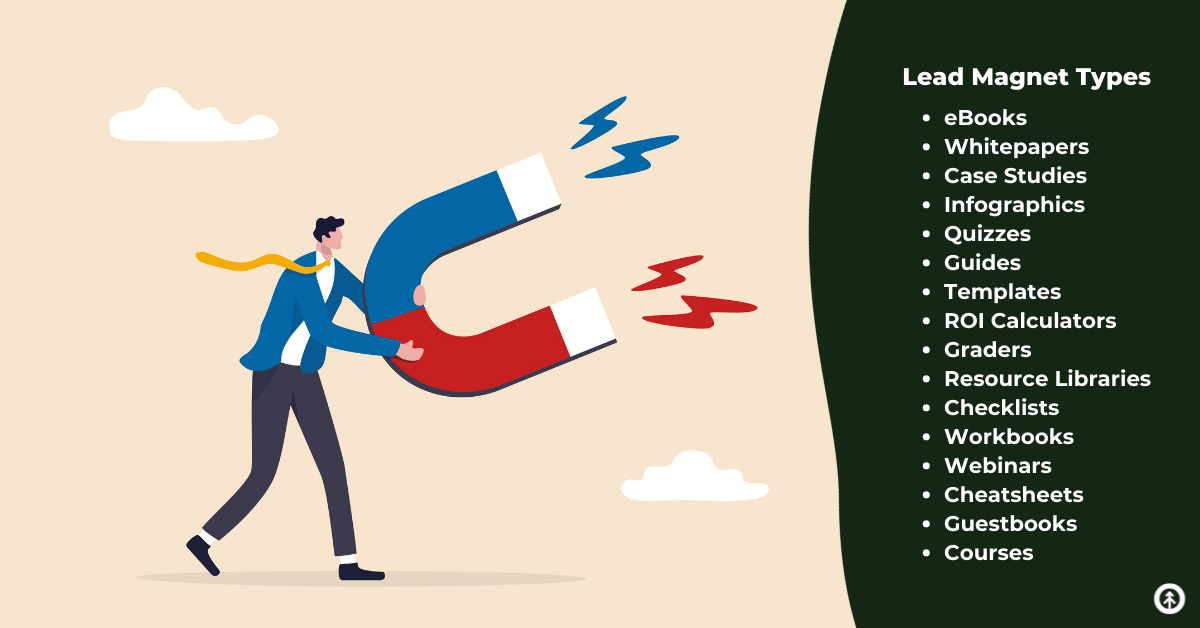
Your business has between one and three buyer personas, and each has their own pain that your business can solve.
Because of this, one lead magnet isn’t going to appeal to all three (if you have three, that is).
So, consider which of your buyer personas you’re interested in attracting and consider which resource you can provide that they need and would be happy to download.
2. Consider what this specific buyer persona wants or needs.
If you know your buyer personas, you know exactly what they need and what they’d be excited to receive from your business.
For instance, our B2B prospects who need a sales-enabled website are thrilled with our website grader tool because it delivers hard data that decision-makers need to know for sure if their existing website is working or not.
Alternatively, our prospects who need inbound marketing assets are more likely to download an ebook or guide for creating inbound content.
When you’re considering this, take a look at what resources your competitors are offering and what form their lead magnets (if they have them) are taking.
Start there and improve on it.
Most importantly, though, take a look at your blog performance data to determine which of your blog articles your buyer persona engages with the most and build from there.
3. Build that Bad Boi

If you have topic clusters for your blog articles, you can combine them easily into an ebook that doesn’t require anything other than editing them together in a way that makes sense.
But, you definitely don’t want to just stack them when some of the information might be repetitive or irrelevant to the overarching topic of your ebook, guide, or whitepaper.
Have your design team create graphics and images to fit the content. Or, if you have a lean marketing team like ours (or no marketing team at all), use Canva to create just about any lead magnet you might need.
Psst: you can also ask us to do it. We’ve created beautiful, successful lead magnets that include landing pages, thank-you pages, and email campaigns to generate leads for our clients.
4. Build a conversion path.
After you’ve ideated, created, and named your lead magnet, build a conversion path to make it work for you and your prospects (soon-to-be customers).
Remember to include all the elements:
- CTA
- Landing page with a contact form
- Thank-you page
- Email sequence
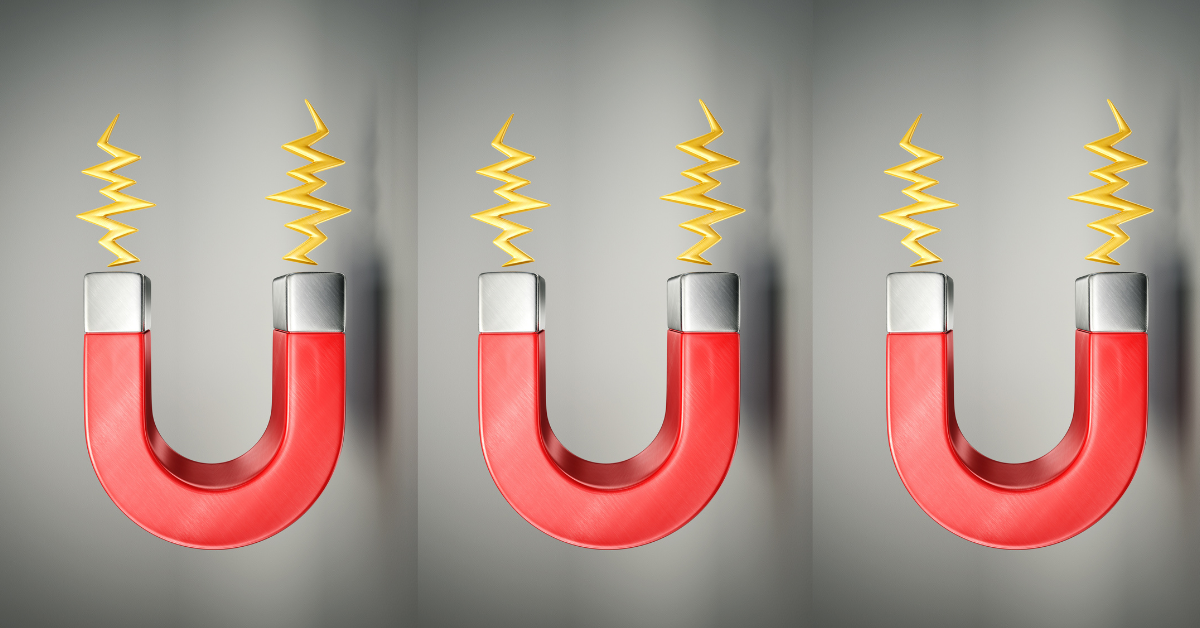
Here are some best-practice ideas to improve conversions.
- Write clear, short CTAs in your brand voice but with words chosen for their appeal to your buyer persona. Here’s a whole blog article dedicated to how to write strong CTAs. Check it out.
- Create a dedicated landing page without the navigation bar at the top. This ensures that prospects don’t become distracted by clicking around on your site instead of filling out your form.
- Make sure you have fields on your form for the prospect’s name and email address. Everything else is entirely optional (and could be detrimental).
- The more information prospects have to hand over, the more likely they are to abandon the form and the entire offer (and there goes your lead).
- To nurture a lead that is truly interested in what your business offers, all you really need is a first name and an email address.
- Once you’ve acquired your lead, add them to your already existing email sequence list so they can be further nurtured down the sales funnel with other offers like webinars and newsletters.
- Include social proof on your thank-you page (and at the bottom of your landing page). The more prospects see positive reviews from current customers or clients the higher the conversion rate.
5. Create a schedule for updating your assets.
Most lead magnets (like all other marketing assets) need to be updated every 6-12 months.
Two reasons for this are:
1) technology evolves quickly, so you may need to adjust how your digital lead magnet and conversion path are set up, and
2) data and information change even more rapidly than technology.
To ensure that your lead magnet consistently delivers value to your prospects (and, thus, keeps generating leads), it must be evaluated by your team to make sure it’s not presenting incorrect data or outdated information.
However, if your lead magnet is built using HubSpot, you’ll receive update notifications that will spark you to adjust.
Or, you can ask Growth to create any or all of this for you.
We’re marketing experts who also happen to be HubSpot Platinum Solutions Partners. That means that every person on our team is certified as a HubSpot expert in their area of expertise.
Curious about our awesomeness? Talk to us. We’re right here.
Explore More Insights: Related Blog Posts
-
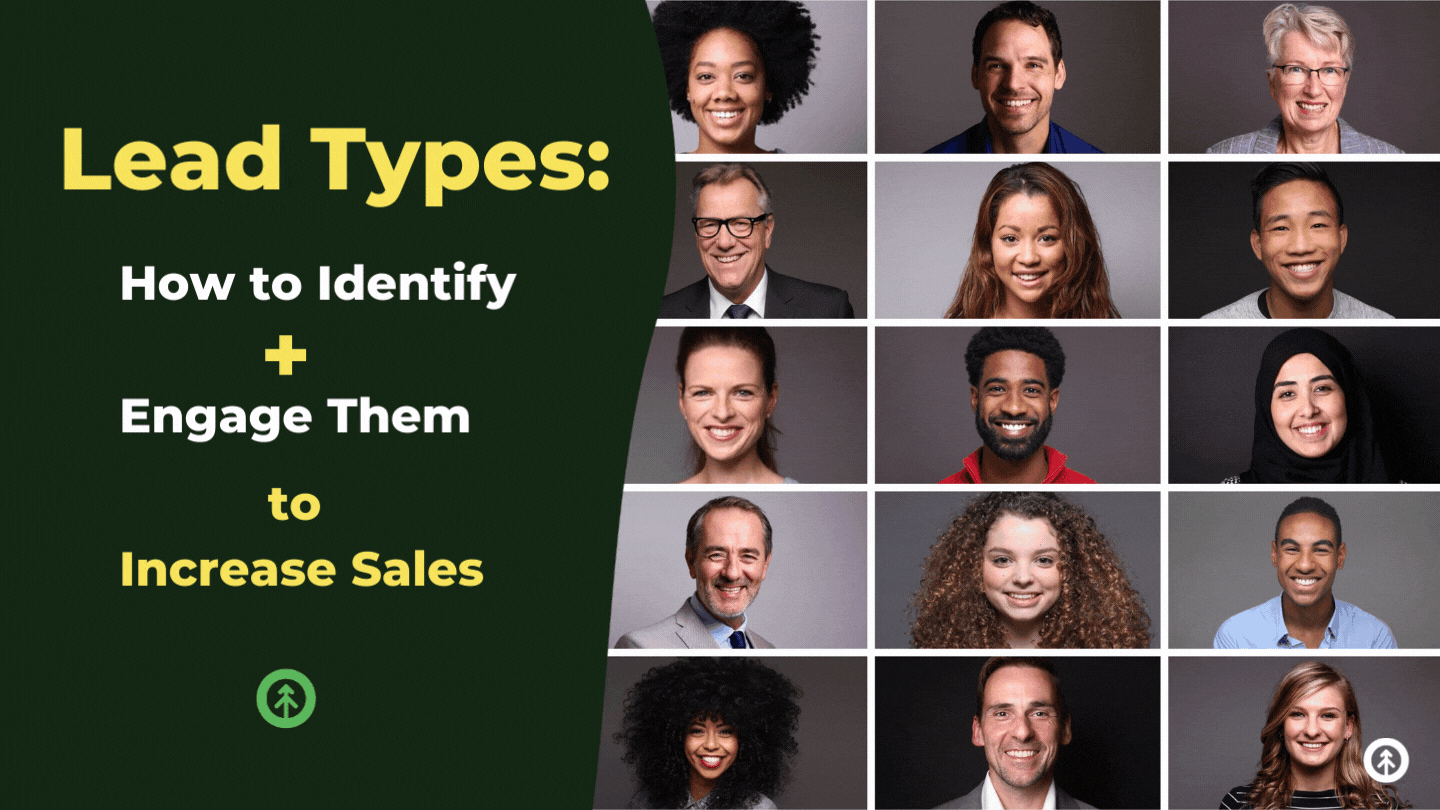 Sales EnablementJan 28, 2022
Sales EnablementJan 28, 2022 Growth Marketing Firm
Growth Marketing FirmLead Types: How to Identify + Engage Them to Increase Sales
In our previous blog article, 8 Daily Habits for a Healthy Sales Pipeline, we went over our top strategies...
-
 Sales EnablementSep 1, 2021
Sales EnablementSep 1, 2021 Growth Marketing Firm
Growth Marketing FirmTop 10 Strategies for Lead Generation
Lead generation is the process of attracting prospects to your business. A visitor can be converted to a lead...
-
 Sales EnablementOct 3, 2021
Sales EnablementOct 3, 2021 Growth Marketing Firm
Growth Marketing FirmHow Efficient is Your Website? Our Grader Tool Knows. Ask It.
Cody Kloock · Website Grader A website grader is a tool that does exactly what its name suggests: it grades...
-
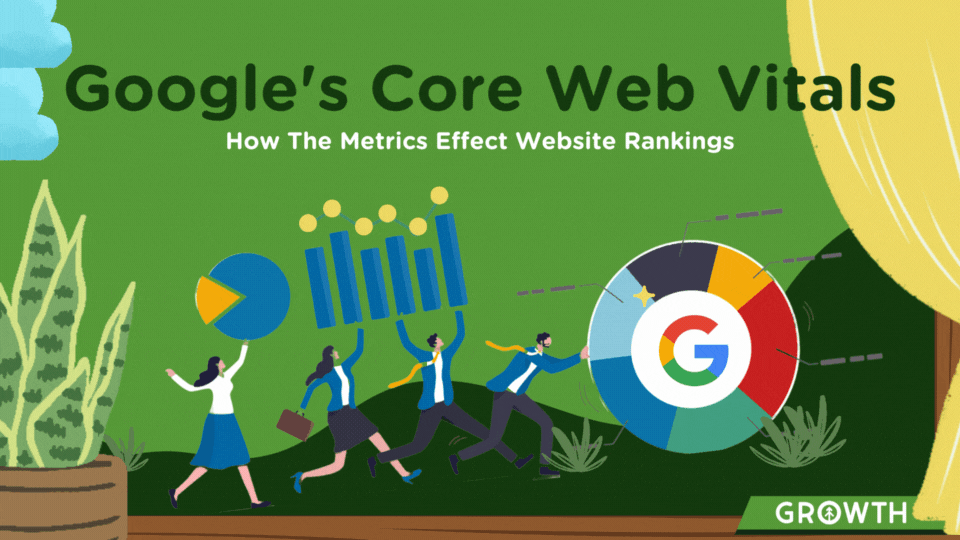 Website DesignMay 22, 2023
Website DesignMay 22, 2023 Growth Marketing Firm
Growth Marketing FirmGoogle's Core Web Vitals to Improve Website Ranking
Maintaining a strong website is crucial for businesses of all sizes - no matter the industry.
-
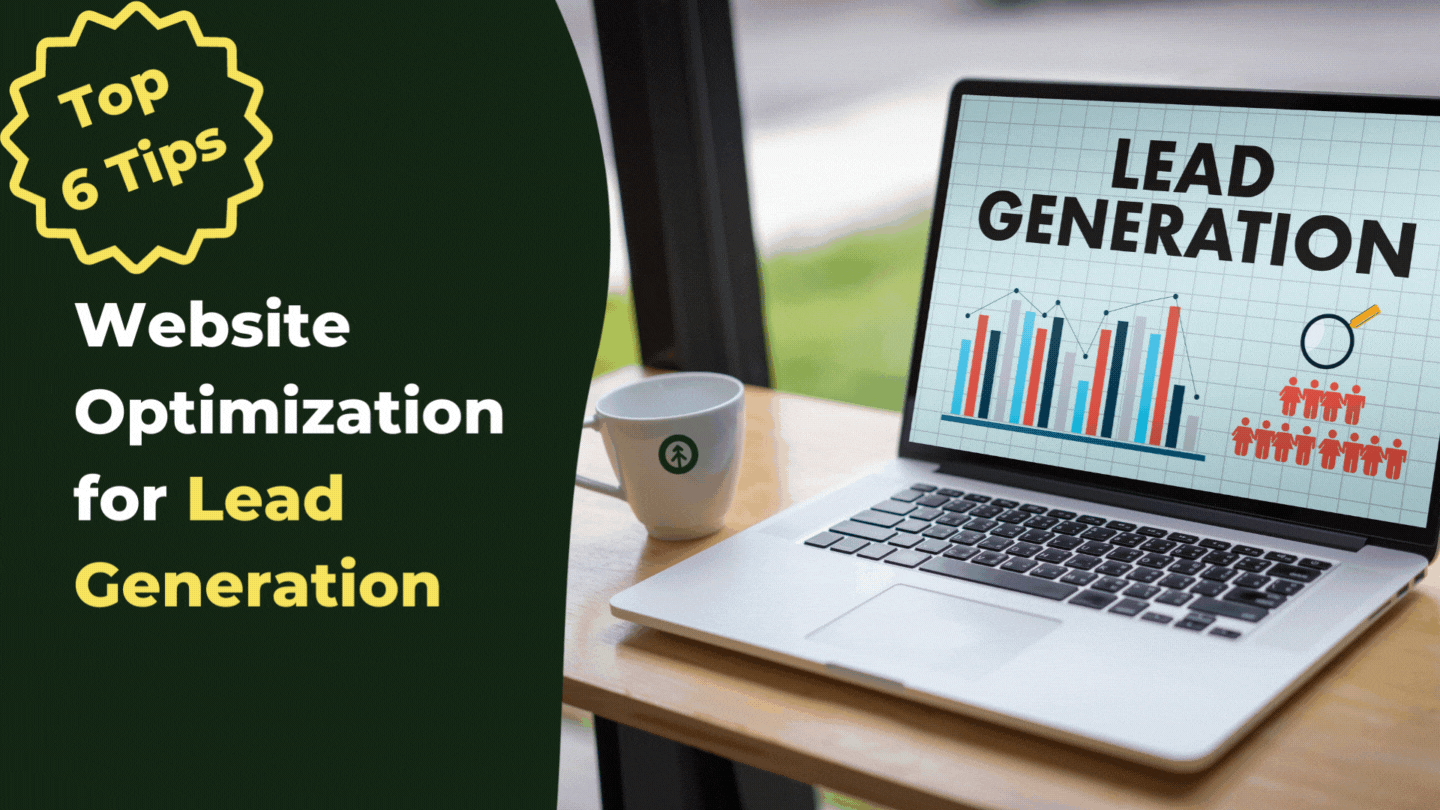 Sales EnablementSep 3, 2021
Sales EnablementSep 3, 2021 Growth Marketing Firm
Growth Marketing FirmTop 6 Tips for Optimizing Your Website for Lead Generation
(last updated August 29, 2022) Before going heads-down on optimizing your website for lead generation, take a...
-
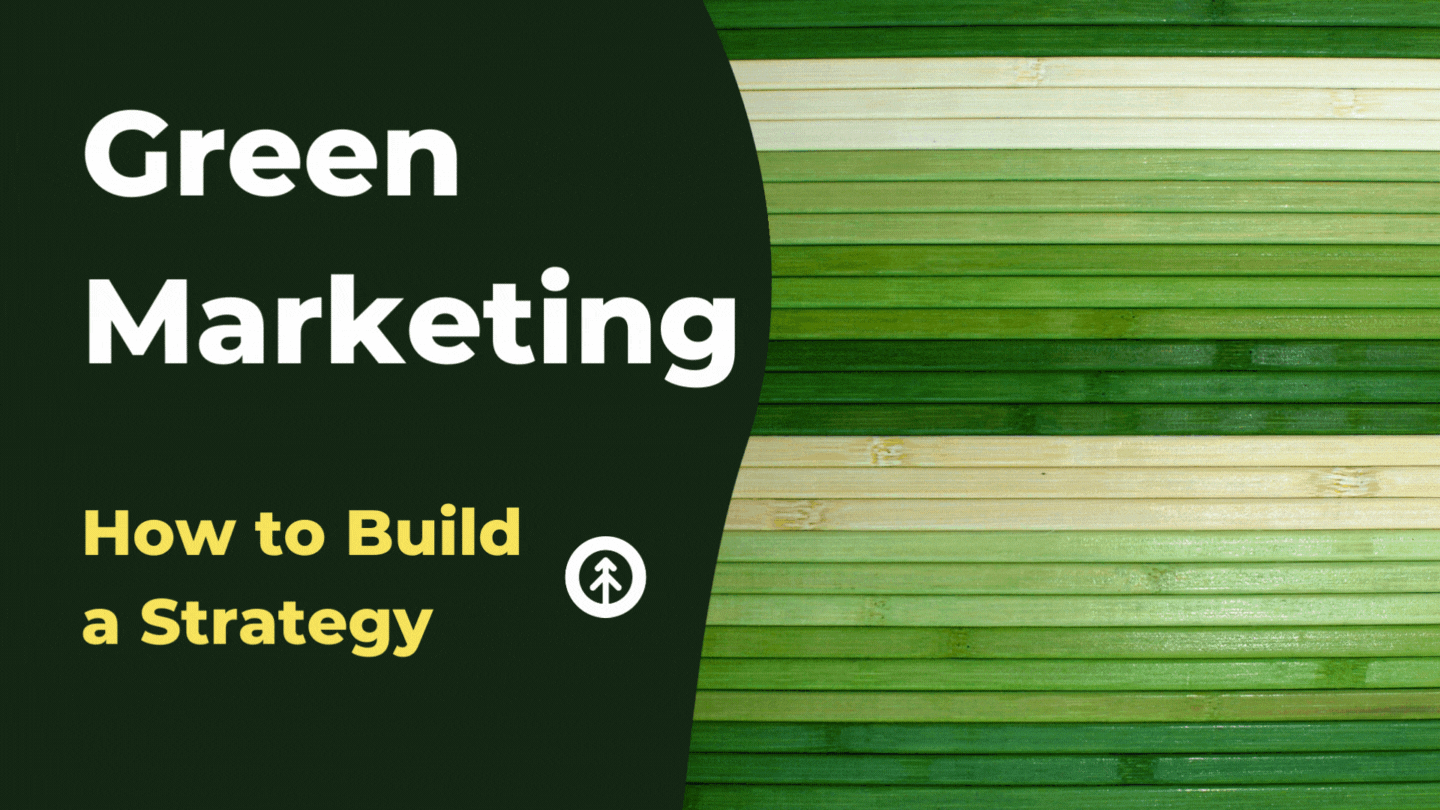 Marketing StrategyDec 20, 2021
Marketing StrategyDec 20, 2021 Growth Marketing Firm
Growth Marketing FirmWhat is Green Marketing + How to Build a Strategy
(Last updated October 4, 2022) Organizations that benefit from green marketing show that they’re committed to...
-
 Website DesignOct 2, 2023
Website DesignOct 2, 2023 Chris Nault
Chris NaultTransforming Your Website: What to Fix and How
In our recent enlightening webinar, Chris Nault, the CEO and founder of Growth, shared invaluable insights on...
-
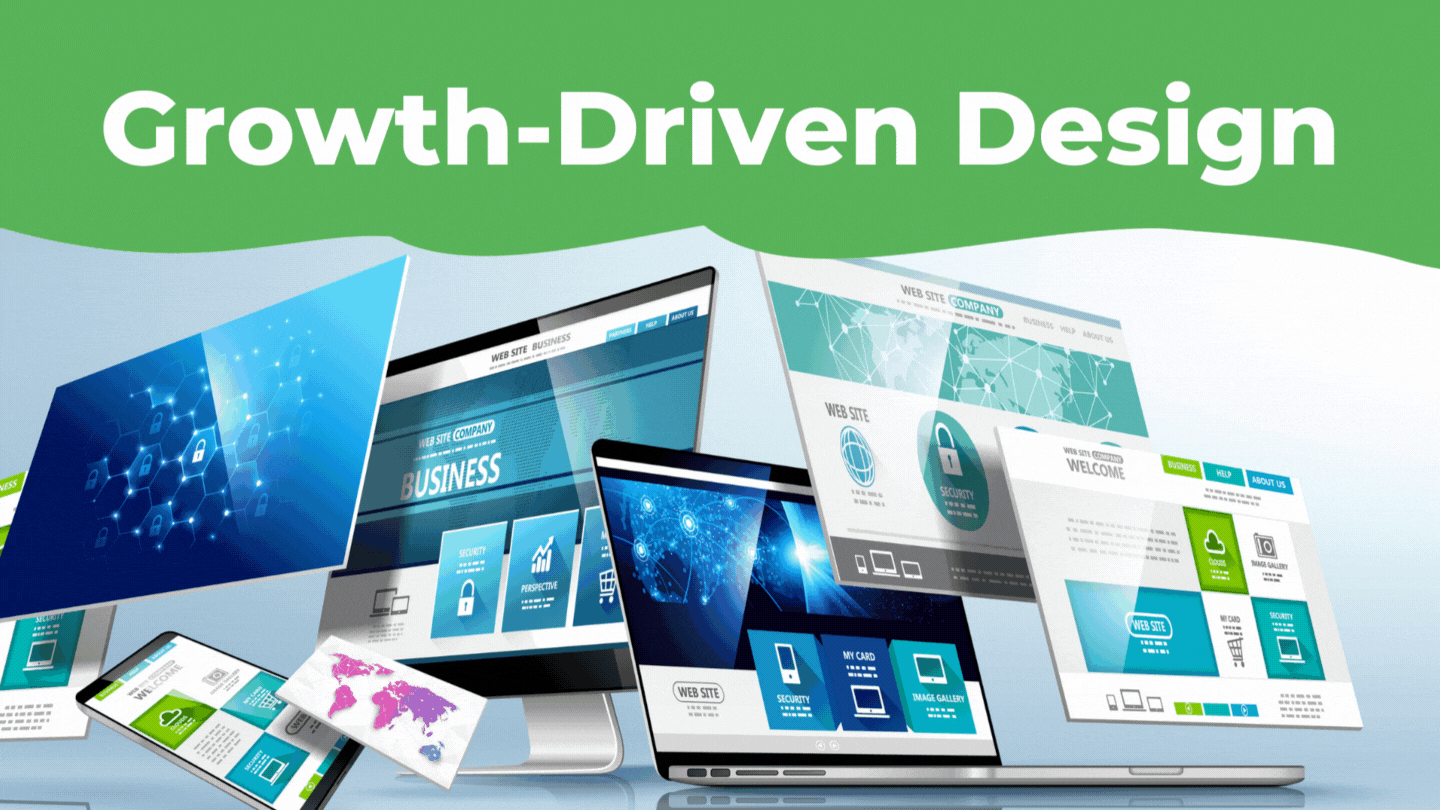 Website DesignSep 7, 2022
Website DesignSep 7, 2022 Growth Marketing Firm
Growth Marketing FirmWhat is Growth-Driven Design?
Growth-Driven Design (GDD) Definition Growth-Driven Design is a HubSpot-driven methodology for the design +...
-
 AdvertisingAug 22, 2022Cody Kloock
AdvertisingAug 22, 2022Cody KloockAd Fatigue: The Rundown
Growth Marketing Firm · Ad Fatigue - The Rundown Have you ever been scrolling through social media and seen...



